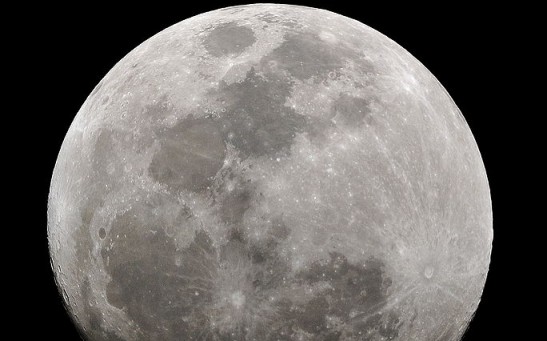space
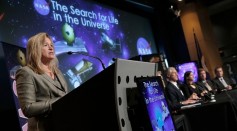
NASA's Chief Scientist Predicts We Will Find Signs of Alien Life Within 10 Years
Can Life Form in Another Solar System? Scientists Find Building Blocks for Life Around Million-Year-Old Star

Sun Experiences Seasons Just Like the Earth

NASA and IBM Join Forces to Make...Apps
With the Help of ALMA Astronomers Find Complex Organic Molecules in Infant Solar System
Lava Tubes Could Be Shelter for Expedition to Moon
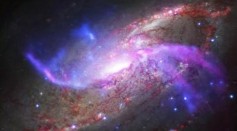
Astronomers Witness Star Formation Over 18 Years
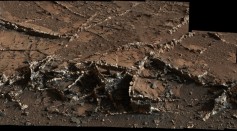
Curiosity Rover Curious About Ice Cream Sandwich Rock Formations
NASA Aims to Put Astronauts on Mars by 2039
Can Science and Culture Coexist on Mauna Kea? Dozen ‘Protector’ Protestors Arrested This Week for Obstruction
Ghosts of Quasars Past—Hubble Telescope Reveals Phantom of Eight Galaxies
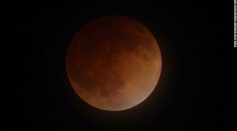
How to Catch a Glimpse of the Blood Moon This Easter Weekend
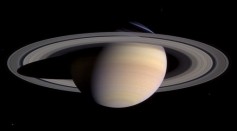
NASA's Exploration Vehicle of Choice for Saturn Moon–A Submarine

The Hunt is On for Exomoons That May Harbor Life
Most Popular

The Role of AI in the Next Generation of Logistics: Insights from Tobias Waldhecker

Alzheimer's Treatment Drug Lecanemab Found to Increase Death Risk, New Research Shows

Cloned Black-Footed Ferret Gives Birth to Two Healthy Kits

Optimizing Complex Catalog Systems with Graph Theory and Indexing

